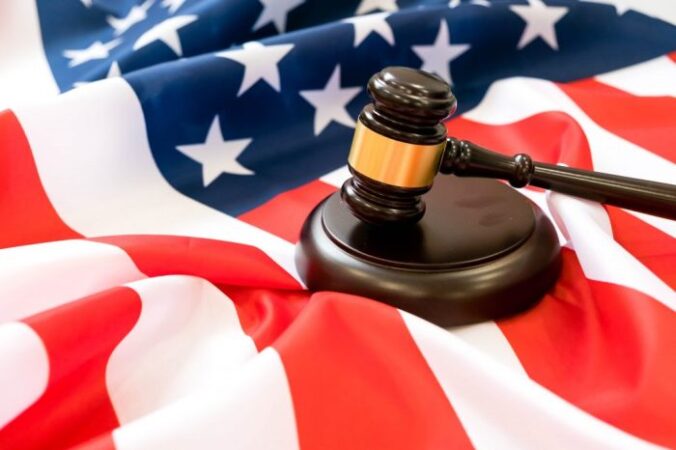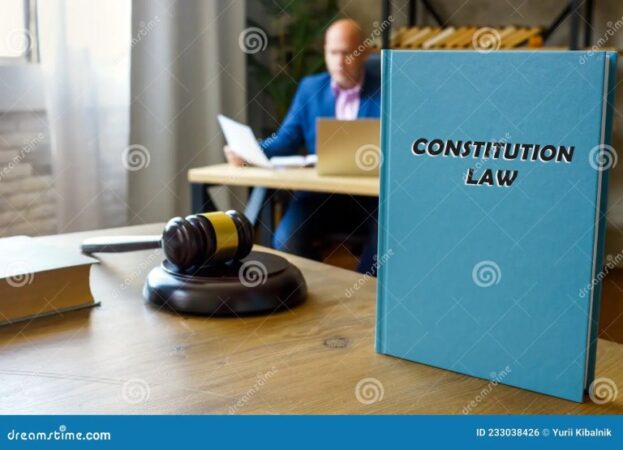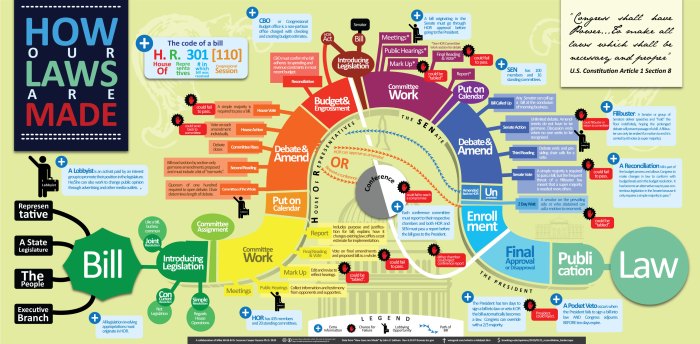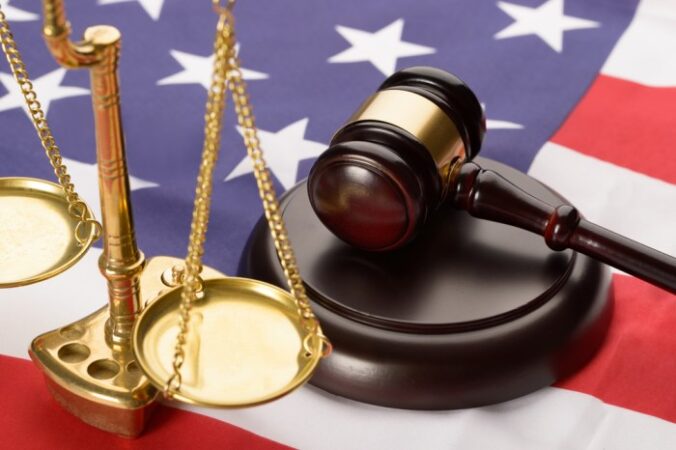
What is it called when state and federal laws conflict? This question delves into the heart of the American legal system, where the delicate balance of power between states and the federal government often leads to friction. The United States operates under a system of federalism, where power is divided between the national government and individual states. This division, while intended to ensure a balance of authority, can lead to situations where state laws clash with federal laws, creating legal complexities and challenges for individuals and businesses alike.
Understanding the concept of “supremacy clause” is crucial to comprehending these conflicts. The Supremacy Clause of the U.S. Constitution dictates that federal law is supreme when it conflicts with state law. This principle, enshrined in the Constitution, provides a framework for resolving such conflicts, ultimately determining which law takes precedence.
Understanding the Concept
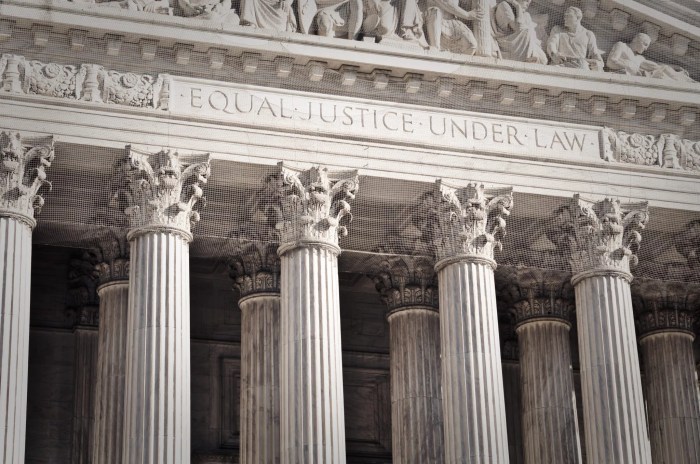
The United States operates under a system of federalism, where power is shared between the federal government and individual state governments. This division of power is a cornerstone of the American legal system, influencing how laws are made and enforced. Understanding this framework is crucial to grasp the complexities of state and federal law conflicts.
The Supremacy Clause
The Supremacy Clause, enshrined in Article VI of the US Constitution, establishes the principle of federal law supremacy. It dictates that the Constitution, federal laws, and treaties are the “supreme Law of the Land” and take precedence over state laws when they conflict. This principle ensures a uniform national legal framework and prevents states from undermining federal authority.
“This Constitution, and the Laws of the United States which shall be made in Pursuance thereof; and all Treaties made, or which shall be made, under the Authority of the United States, shall be the supreme Law of the Land; and the Judges in every State shall be bound thereby, any Thing in the Constitution or Laws of any State to the Contrary notwithstanding.” – Article VI, Clause 2, US Constitution
Historical Examples of State and Federal Law Conflicts
Throughout history, numerous instances have highlighted the clash between state and federal laws.
- The Civil Rights Movement: During the Civil Rights era, states enacted segregation laws that conflicted with federal laws aimed at guaranteeing equal rights for all citizens. The landmark case of *Brown v. Board of Education* (1954) challenged state-mandated segregation in public schools, ultimately leading to the dismantling of Jim Crow laws.
- The Marijuana Legalization Debate: In recent years, several states have legalized recreational or medical marijuana, despite federal law classifying it as a Schedule I drug. This ongoing conflict has created challenges for businesses operating in the cannabis industry, as they face potential legal repercussions under federal law.
Types of Conflicts
When state and federal laws clash, the resulting conflict can manifest in various ways, impacting individuals and businesses alike. Understanding these different types of conflicts is crucial for navigating the complexities of the legal landscape.
Direct Conflict, What is it called when state and federal laws conflict
Direct conflicts occur when a state law explicitly contradicts a federal law. This type of conflict can arise in numerous areas, such as healthcare, environmental protection, and criminal justice. For example, a state law might legalize marijuana for recreational use, while federal law still classifies it as a Schedule I drug.
Preemption
Preemption occurs when federal law takes precedence over state law in a particular area. This happens when Congress intends for federal law to be the sole regulator of a specific field. Preemption can be explicit, where federal law explicitly states that it preempts state law, or implicit, where federal law is so comprehensive that it leaves no room for state regulation.
Indirect Conflict
Indirect conflicts arise when a state law, although not directly contradicting federal law, creates a practical obstacle to its enforcement. This type of conflict can be difficult to identify and resolve. For example, a state law might require a particular type of environmental permit that is not required by federal law, making it challenging for businesses to comply with both state and federal regulations.
Resolving Conflicts

When state and federal laws clash, the judicial branch plays a crucial role in determining which law prevails. This process involves the principle of judicial review, where courts examine the constitutionality of laws and ensure they align with the U.S. Constitution.
Judicial Review and State-Federal Conflicts
Judicial review is the power of the judiciary to examine and invalidate laws that are inconsistent with the Constitution. This principle, established in the landmark case *Marbury v. Madison* (1803), is fundamental to the American legal system. In the context of state-federal conflicts, judicial review allows courts to determine whether a state law violates the Supremacy Clause of the Constitution, which establishes federal law as the supreme law of the land.
Landmark Supreme Court Cases
The Supreme Court has decided numerous cases involving conflicts between state and federal laws, setting precedents that shape how these conflicts are resolved. Here are some notable examples:
* Gibbons v. Ogden (1824): This case established the federal government’s broad power to regulate interstate commerce, limiting state authority in this area. The Court ruled that a New York state law granting a monopoly on steamboat operations on the Hudson River was unconstitutional because it interfered with federal regulations.
* McCulloch v. Maryland (1819): This case upheld the principle of implied powers, allowing the federal government to exercise powers not explicitly mentioned in the Constitution if they are necessary and proper for carrying out its enumerated powers. The Court struck down a Maryland law that attempted to tax the operations of the Second Bank of the United States, concluding that the state could not interfere with the legitimate operations of the federal government.
* United States v. Lopez (1995): This case marked a shift in the Court’s interpretation of the Commerce Clause, narrowing its scope. The Court ruled that the Gun-Free School Zones Act of 1990, which prohibited the possession of firearms within 1,000 feet of a school, was unconstitutional because it exceeded Congress’s power to regulate interstate commerce.
* Gonzales v. Raich (2005): This case upheld the federal government’s authority to regulate marijuana, even when it is grown and used for medical purposes within a state. The Court reasoned that the federal government’s interest in regulating interstate commerce in marijuana outweighed the state’s interest in allowing its medical use.
Impact of Conflicts
When state and federal laws clash, the consequences extend beyond legal complexities. These conflicts can undermine the very foundation of a well-functioning legal system, creating confusion and uncertainty for individuals and businesses alike.
Challenges for Individuals and Businesses
Navigating conflicting laws poses significant challenges for individuals and businesses. Individuals may face legal uncertainty regarding their rights and obligations, making it difficult to comply with all applicable laws. For example, a person might be subject to different state and federal regulations regarding environmental protection or consumer rights. Businesses, on the other hand, face the added burden of complying with potentially conflicting regulations in multiple jurisdictions. This can lead to increased costs, operational difficulties, and legal risks.
Impact on Legal Frameworks
Conflicting laws can erode the consistency and effectiveness of legal frameworks. The existence of contradictory laws can create legal loopholes, weaken the rule of law, and undermine public trust in the legal system. This can lead to inconsistent application of the law, making it difficult to predict legal outcomes and fostering a climate of uncertainty.
Potential Solutions and Strategies
To mitigate the impact of conflicting laws, several strategies can be employed:
- Harmonization and Codification: Efforts to harmonize state and federal laws can reduce inconsistencies and promote uniformity. This can involve enacting new laws or amending existing ones to align with federal standards or to establish clear jurisdictional boundaries.
- Preemption: Federal law can preempt state laws in areas where Congress has exercised its constitutional power. This can provide a clear framework for regulating certain activities, ensuring consistency and reducing confusion.
- Judicial Interpretation: Courts play a crucial role in resolving conflicts between state and federal laws. Through judicial review, courts can interpret and apply laws, ensuring consistency and upholding the supremacy of federal law where applicable.
- Intergovernmental Cooperation: Fostering collaboration between state and federal agencies can help identify and address potential conflicts before they arise. This can involve sharing information, coordinating regulations, and developing joint strategies to ensure consistency and effectiveness.
Examples of Specific Conflicts
To better understand the complexities of state and federal law conflicts, let’s delve into some real-world examples. These cases illustrate the types of conflicts that arise and the legal issues involved in resolving them.
Specific Conflicts Between State and Federal Laws
The following table showcases several examples of conflicts between state and federal laws, highlighting the key legal issues involved in each case.
| Conflict Area | State Law | Federal Law | Key Legal Issues |
|---|---|---|---|
| Medical Marijuana | Several states have legalized medical marijuana, allowing patients with qualifying conditions to possess and use it. | The federal government classifies marijuana as a Schedule I drug under the Controlled Substances Act, making it illegal to possess, cultivate, or distribute. | Whether states can legalize medical marijuana despite federal prohibition, the extent of federal preemption in this area, and the legal status of individuals who comply with state law but violate federal law. |
| Environmental Protection | Some states have enacted stricter environmental regulations than those set by the federal government. | The Clean Air Act and Clean Water Act are federal laws that establish minimum environmental standards. | Whether states can impose more stringent environmental regulations than federal law, the balance between state and federal authority in environmental protection, and the potential for conflict between state and federal enforcement actions. |
| Gun Control | Many states have passed laws restricting gun ownership, such as background checks or bans on certain types of firearms. | The Second Amendment to the U.S. Constitution protects the right to bear arms. | The scope of the Second Amendment, the extent to which it preempts state gun control laws, and the balancing of individual rights with public safety concerns. |
| Immigration | Some states have enacted laws aimed at restricting illegal immigration, such as “show me your papers” laws or sanctuary city policies. | The federal government has exclusive authority over immigration policy, including the enforcement of immigration laws. | The limits of state authority in immigration enforcement, the potential for conflict with federal immigration policy, and the legal status of undocumented immigrants. |
Current Debates and Challenges
The delicate balance between state and federal power continues to be a subject of intense debate, particularly in the context of evolving legal and social landscapes. These debates are fueled by changing societal norms, technological advancements, and shifting political ideologies.
The Impact of Evolving Legal and Social Landscapes
The evolving legal and social landscape presents significant challenges to the resolution of state-federal law conflicts. These challenges stem from the dynamic nature of both law and society, constantly shaping the boundaries of state and federal authority.
- Federalism in the Age of Globalization: The increasing interconnectedness of the world has blurred traditional lines of state and federal authority. Issues like climate change, cybersecurity, and international trade demand coordinated action, often challenging the notion of state sovereignty.
- The Rise of New Technologies: Advancements in technology, particularly in areas like data privacy, artificial intelligence, and online commerce, have created new challenges for legal frameworks. These technologies often transcend state boundaries, requiring a more robust federal role in regulation.
- Shifting Social Values and Norms: Evolving social norms, such as those surrounding LGBTQ+ rights, reproductive healthcare, and gun control, have led to conflicts between state and federal laws. These conflicts often reflect differing interpretations of individual rights and societal values.
Closure
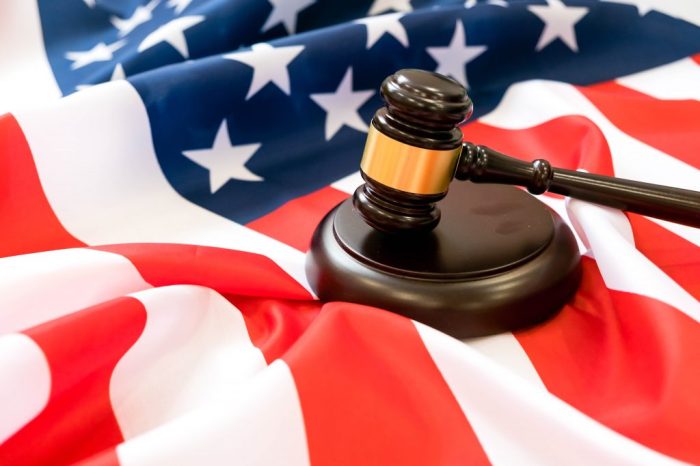
Navigating the intricate landscape of state and federal law conflicts requires a deep understanding of the legal principles at play. The judicial branch plays a pivotal role in resolving these conflicts, with the Supreme Court serving as the ultimate arbiter. Through the process of judicial review, the Court interprets the Constitution and determines the validity of laws passed by both state and federal legislatures. By examining landmark cases and understanding the evolving legal and social landscapes, we can gain valuable insights into the complexities of state-federal law conflicts and their impact on our society.
FAQ Overview: What Is It Called When State And Federal Laws Conflict
What are some common examples of conflicts between state and federal laws?
Conflicts can arise in various areas, including healthcare, environmental protection, gun control, and immigration. For instance, a state might pass a law that contradicts federal regulations on healthcare, leading to a legal battle.
How does the Supreme Court resolve conflicts between state and federal laws?
The Supreme Court reviews cases where state and federal laws clash, interpreting the Constitution and determining which law is supreme. Their decisions establish precedents that guide future rulings on similar conflicts.
What are the potential consequences of state and federal law conflicts for individuals?
Individuals might face uncertainty about which law applies to them, leading to potential legal issues or difficulty accessing services. For example, a person might be subject to different regulations depending on their location, creating confusion and potentially limiting their rights.
Can states challenge federal laws in court?
Yes, states can challenge federal laws in court, arguing that the law violates the Constitution or exceeds the federal government’s authority. This process involves filing lawsuits and presenting arguments before federal courts.
